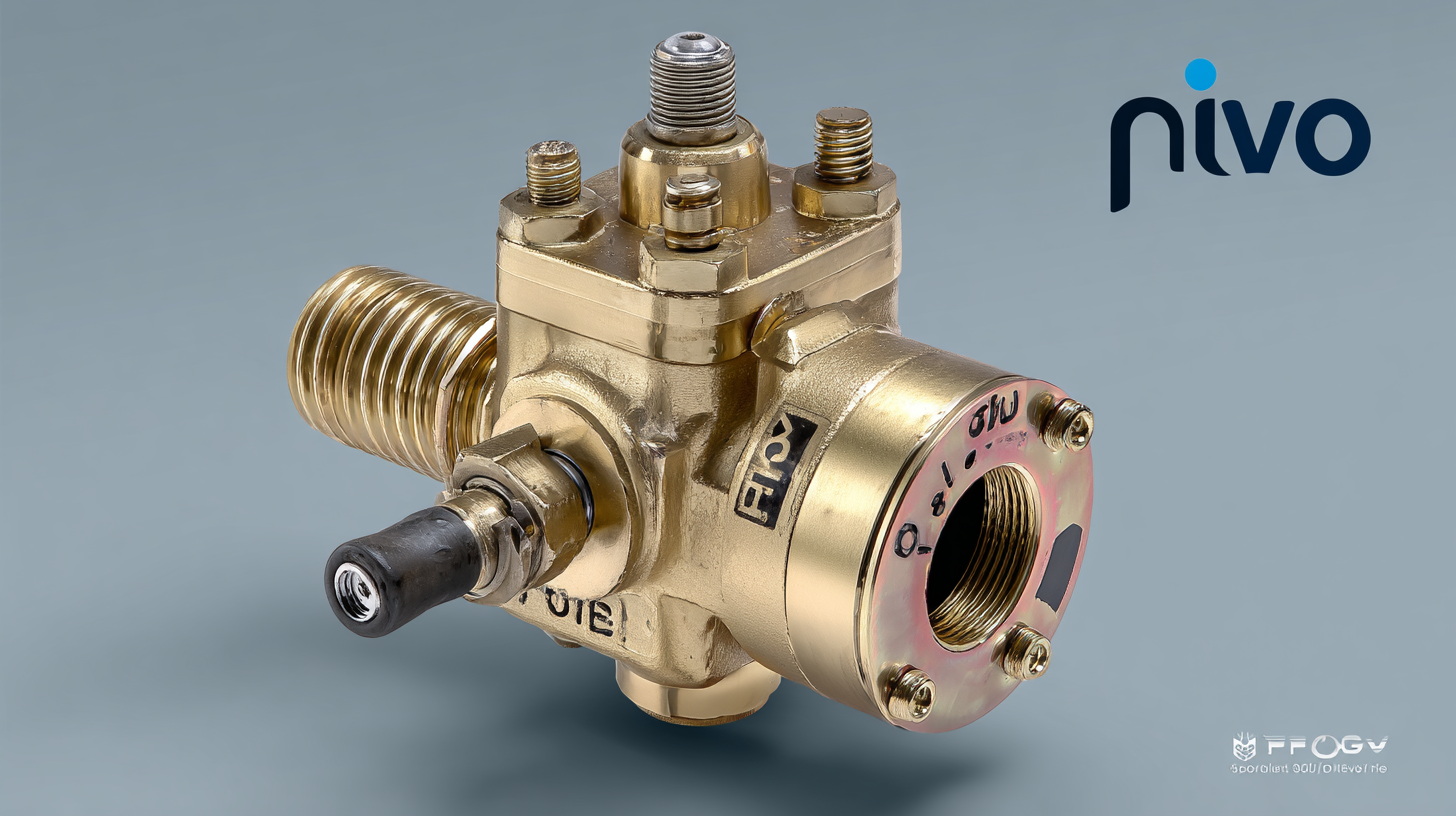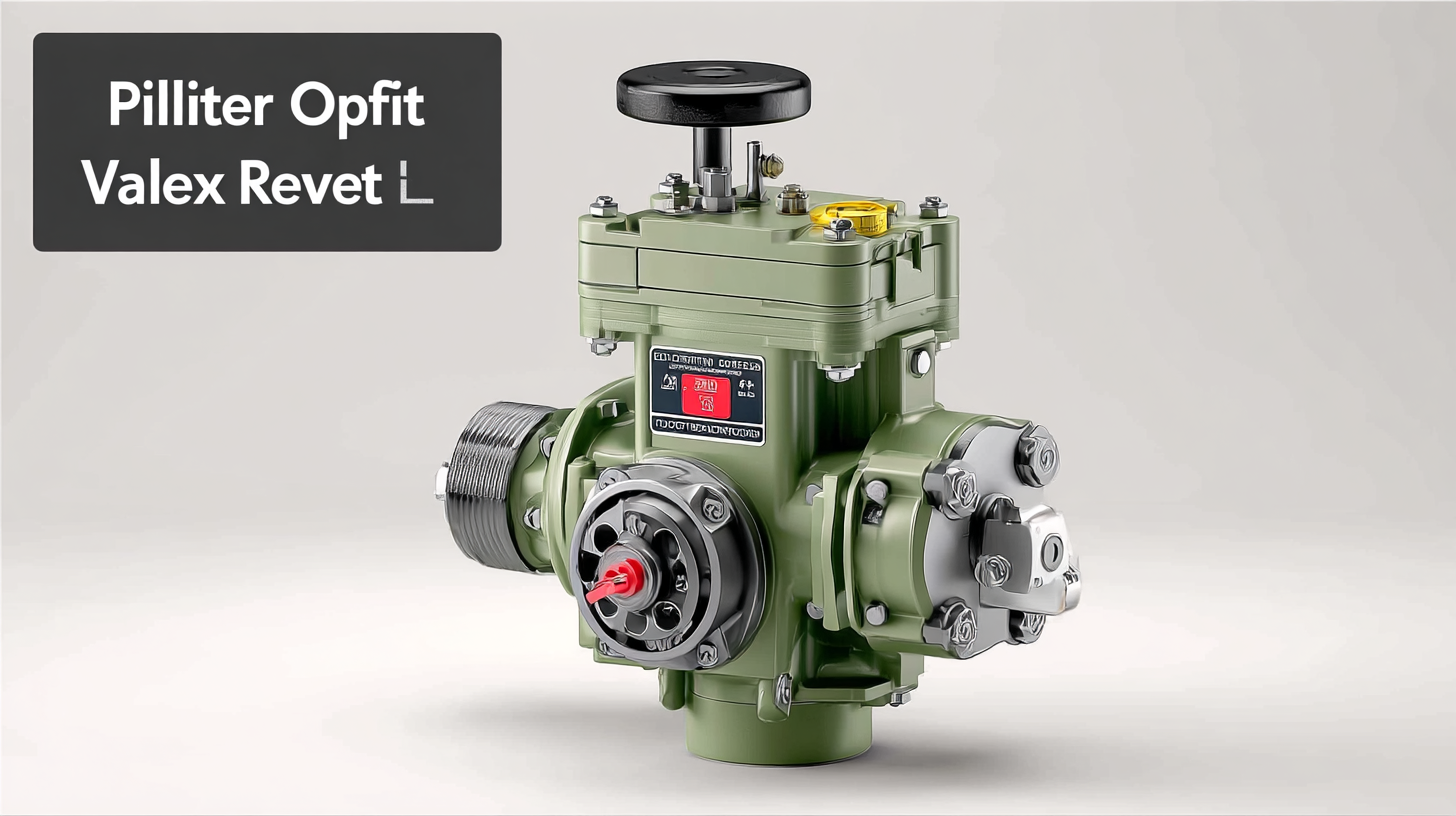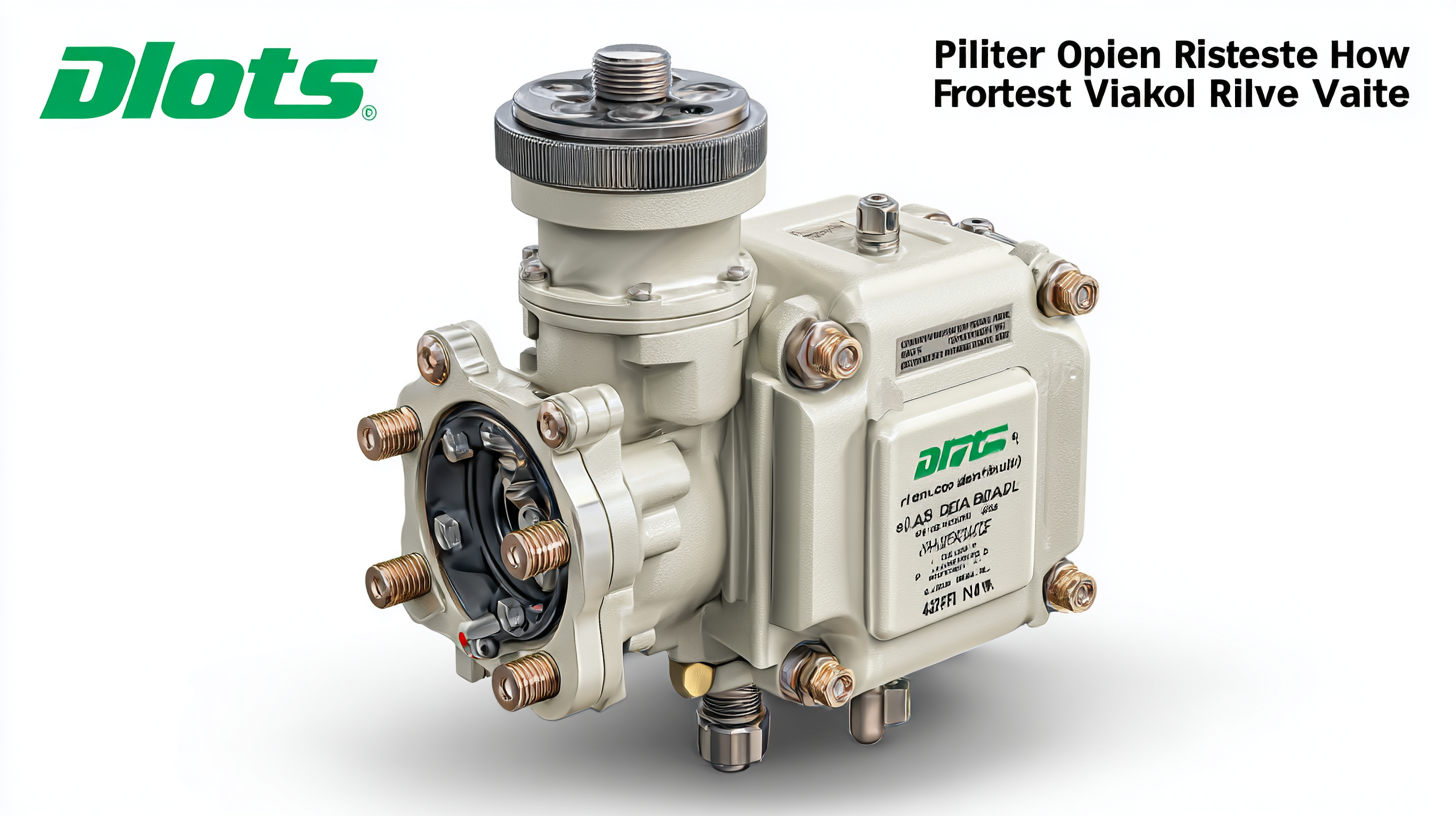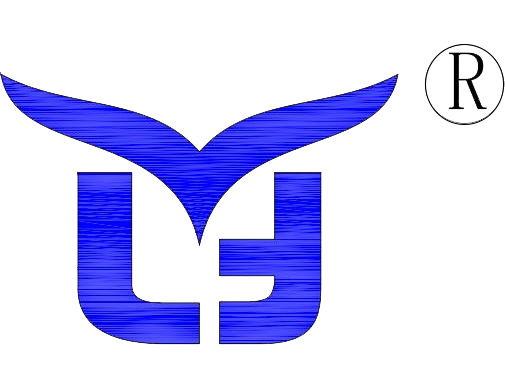In the world of fluid power systems, the importance of selecting the right components cannot be overstated, particularly when it comes to the Pilot Operated Relief Valve (PORV). According to a recent market analysis by ResearchAndMarkets, the global relief valve market is expected to reach USD 4.2 billion by 2027, with a CAGR of 5.4% during the forecast period. This growth reflects the increasing demand for efficient pressure control solutions across various industries, including oil and gas, chemical processing, and water management. A high-quality Pilot Operated Relief Valve plays a crucial role in maintaining system safety and efficiency, but with a multitude of options available, choosing the right supplier can be challenging. In this Ultimate Guide, we will not only explore key considerations for selecting the best PORV for your applications but also provide a comprehensive checklist to help streamline your procurement process and ensure you partner with a reliable supplier.

When selecting a pilot-operated relief valve for your application, it is crucial to consider several essential factors to ensure optimal performance and safety. One key aspect is the pressure rating. According to the Fluid Control Institute, nearly 25% of all valve failures can be attributed to inadequate pressure specifications. Hence, understanding your system's pressure requirements can help avoid costly failures and downtime.
Another significant factor to consider is the material compatibility of the relief valve with the fluids it will control. Different materials can withstand various corrosive environments. A recent report from the Canadian Standards Association indicates that choosing the right material can enhance the lifespan of valves by up to 40%, significantly reducing maintenance costs over time.
Finally, the installation and operational context should not be overlooked. The valve's orientation and surrounding conditions can impact its efficiency. According to the American Society of Mechanical Engineers, improper installation can lead to a performance drop of up to 30%. Ensuring that the selected valve is tailored to the specific operational environment will be vital to maintaining efficiency and reliability.
| Factor | Description | Importance |
|---|---|---|
| Pressure Rating | The maximum allowable pressure the valve can handle. | Critical for safety and functionality. |
| Flow Capacity | The maximum flow rate the valve can support. | Essential for application performance. |
| Body Material | The material of the valve's body, affecting durability and compatibility with fluids. | Influences lifespan and maintenance needs. |
| Temperature Range | Operating temperature limits of the valve. | Critical for preventing failure. |
| Response Time | Time taken for the valve to react to pressure changes. | Important for rapid pressure control. |
| Mounting Style | How the valve is mounted in the system (flanged, threaded, etc.). | Influences installation and maintenance. |
| Compliance Standards | Regulatory and industry standards the valve meets. | Ensures safety and reliability. |
When selecting the best pilot operated relief valve for your application, it's crucial to understand the various types available. Pilot operated relief valves come in different configurations, including direct acting, pilot controlled, and balanced design. Direct acting valves are typically more compact and responsive but may not handle high flow rates as effectively as pilot controlled versions. Choosing the right design depends on the specific pressure and flow requirements of your system.
Tips for selection include evaluating the operating pressure and temperature range, as each valve type has its own limits. Consider the valve's material, as it should be compatible with the fluids in your application to avoid corrosion or degradation. Additionally, assessing the required flow capacity can help eliminate options that fall short of performance expectations.
When reviewing options, always double-check the manufacturer’s specifications and certifications. This ensures reliability and safety in critical applications. Investing time in understanding these types will lead to more efficient system performance and minimize maintenance needs in the long run.
When selecting a pilot operated relief valve, understanding the key industry standards and certifications is crucial for ensuring optimal performance and safety in various applications. Compliance with industry standards such as ASME, API, and ISO is essential, as these guidelines not only dictate the design and manufacturing processes but also influence the assessment and certification of valves. Products that meet these standards generally assure reliability and are trusted by engineers and plant operators alike.
Additionally, the Valve Remote Control System Market is expected to experience significant growth, projected to reach USD 8.88 billion by 2025, with a compound annual growth rate (CAGR) of 6.7% through 2035. This surge in demand emphasizes the importance of integrating advanced technologies with relief valve systems. Certifications like CE and UL further guarantee that relief valves operate effectively under variable conditions, emphasizing safety and efficiency. As industries evolve, staying informed about these standards and the growth of related markets is essential for making informed decisions in valve selection.
When selecting a pilot operated relief valve, understanding the correct sizing and pressure ratings for your application is crucial for optimal performance and safety. The first step in this process is to accurately assess the system pressure requirements. This involves identifying the maximum operating pressure and any potential pressure surges that could occur. A relief valve must be capable of handling these pressures without risk of failure, so examining the application’s design specifications is essential. It’s also important to take into account the type of fluid being controlled, as different fluids can affect the valve’s performance and material compatibility.

Next, consider the valve’s flow capacity. This is determined by the sizing of the valve bore relative to the expected flow rates within the system. A valve that is too small will lead to inadequate pressure relief, while an oversized valve may not respond accurately to pressure changes. To find the right size, you can use flow coefficient calculations incorporating factors such as the fluid's density and viscosity. Additionally, consulting manufacturer guidelines and industry standards can provide insights into appropriate sizing and pressure ratings, ensuring that your selected relief valve will perform effectively in your specific application.
 Maintaining pilot operated relief valves is crucial to ensuring their optimal performance and longevity. Regular inspections should be conducted to check for signs of wear, corrosion, or leakage that could compromise their functionality. Establishing a routine maintenance schedule allows operators to address minor issues before they escalate, ensuring that the valve operates within its specified pressure range. Additionally, cleaning the valve’s components and checking the pilot signal pressure can prevent blockages and ensure proper responsiveness.
Maintaining pilot operated relief valves is crucial to ensuring their optimal performance and longevity. Regular inspections should be conducted to check for signs of wear, corrosion, or leakage that could compromise their functionality. Establishing a routine maintenance schedule allows operators to address minor issues before they escalate, ensuring that the valve operates within its specified pressure range. Additionally, cleaning the valve’s components and checking the pilot signal pressure can prevent blockages and ensure proper responsiveness.
Another essential maintenance tip is to verify the calibration of the relief valve periodically. An improperly calibrated valve can lead to overpressure conditions or premature opening, which can cause system failures. Operators should consult the manufacturer’s guidelines for calibration procedures and recommended intervals. Using quality replacement parts during repairs also plays a vital role in maintaining performance. By adhering to these maintenance practices, operators can enhance the reliability and efficiency of their pilot operated relief valves, ultimately contributing to safer and more efficient operations in their applications.
